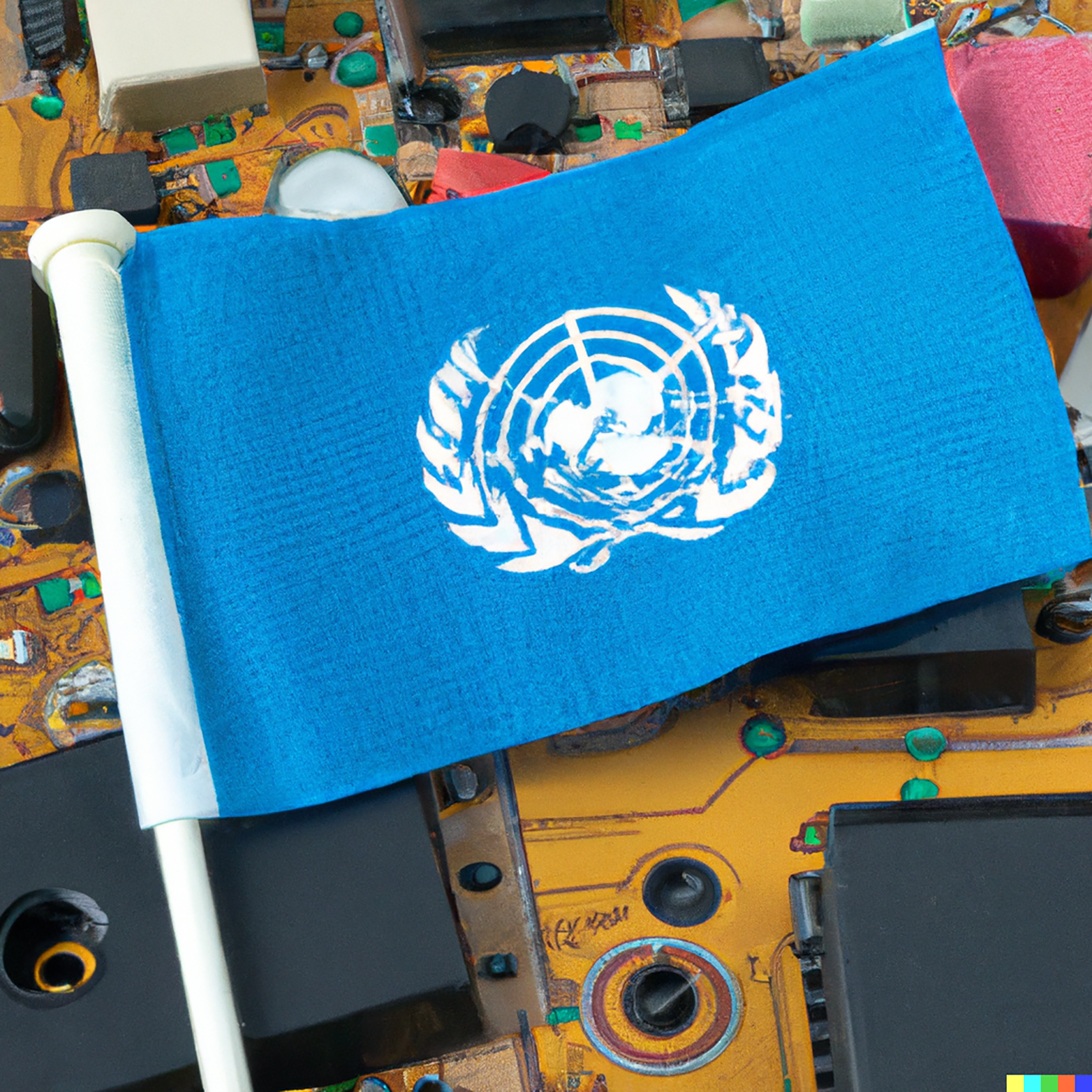Norms vs. Realities: Cyber at the UN
In the wake of Russia’s invasion of Ukraine, cyber norms discussions at the UN have reached an impasse. Tensions between the US and Russia have stalled substantive progress, particularly on issues of cyber conduct during armed conflict. Yet, the continued existence of the UN working groups is a small but positive sign for the future, as is the growth of norm discussion venues beyond the UN, argues Taylor Grossman in this CSS Analysis.

Amidst the global expansion of information communications technologies (ICT) in the 1980s and 90s, governments faced new and fundamental regulatory questions: How should they handle this domain in terms of national defense, state sovereignty, criminal activity, and other core state prerogatives? In these early years, no agreements yet existed on how to apply international law to cyberspace. Many early Internet pioneers eschewed state interference. In Switzerland in 1996, cyber libertarian John Perry Barlow outlined a declaration of independence for cyberspace. Others began to wonder whether cyberspace would need an entirely new set of norms of behavior (See CSS Cyberdefense Report: One, Two, or Two Hundred Internets?).